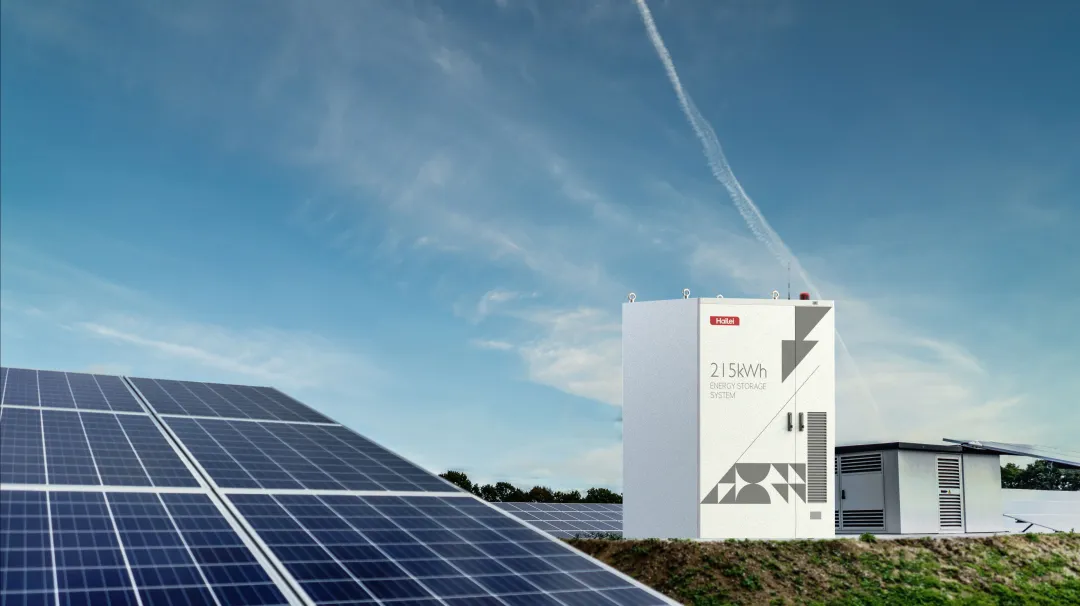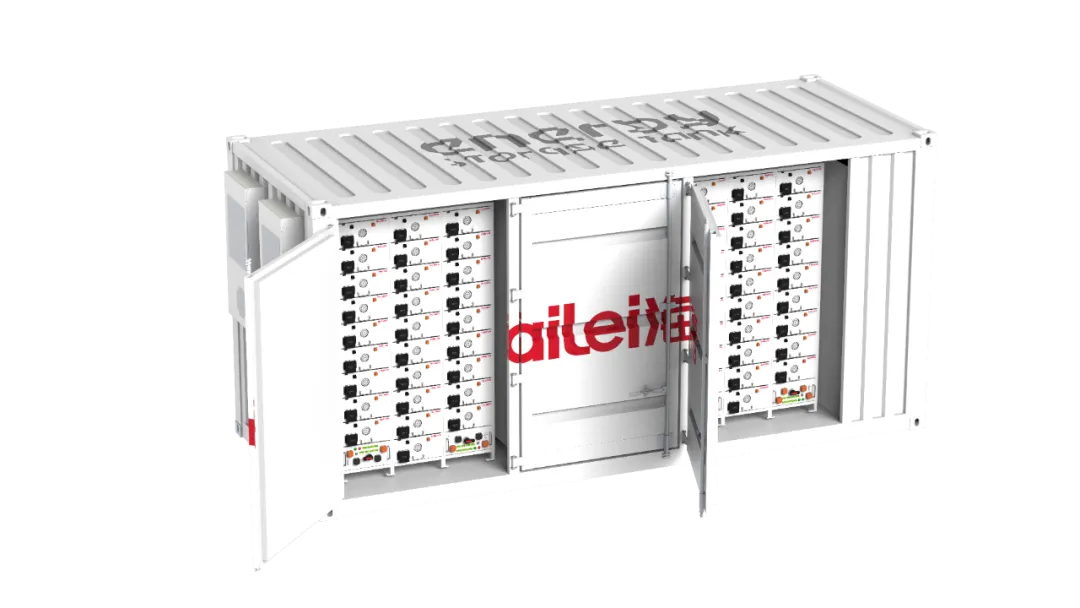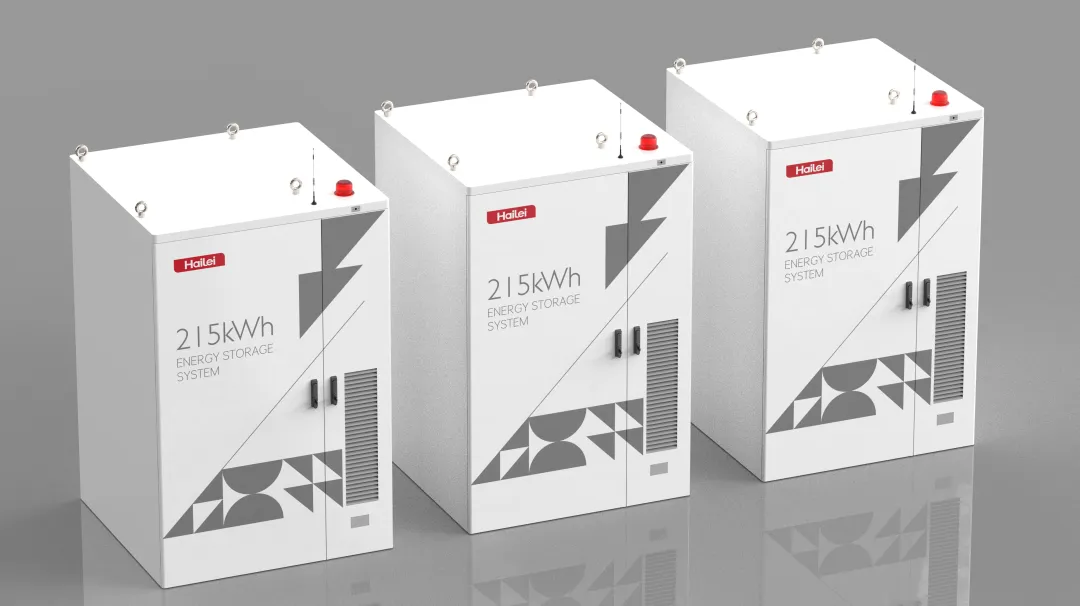Time:Jul 23, 2024 Views:236
In the hot summer, the temperature continues to rise, and the cooling system of energy storage batteries has become the key to ensuring the efficient and safe operation of batteries. Just as we need air conditioning to cool down in the hot summer, energy storage batteries also need an effective cooling system to maintain their optimal working condition. In modern energy storage technology, liquid cooling and air cooling are the two most common solutions in the current energy storage battery cooling system, each with its own unique advantages and applicable scenarios. This article will take you to explore the differences and advantages and disadvantages of liquid cooling and air cooling.
01 Liquid Cooling VS Air Cooling
Liquid Cooling System
The liquid cooling system mainly uses a liquid cooling unit to use refrigerant (R410A refrigerant is a new type of environmentally friendly refrigerant, a mixture of two quasi-azeotropic refrigerants, which is stable, non-toxic, and has excellent performance) as a heat transfer medium. The refrigerant circulates to remove the heat generated by the battery pack to keep the battery within the optimal operating temperature range. Compared with traditional air cooling technology, this technology has higher heat transfer efficiency and cooling capacity, which helps to improve the energy density of the energy storage system.

Efficient heat dissipation: The liquid cooling system has high heat conduction efficiency, which can quickly take away a large amount of heat and maintain the optimal operating temperature of the battery pack.
Balanced heat dissipation: The liquid cooling temperature control system can make the temperature difference of the battery cell less than about 3°C, increasing the battery cycle life.
Space saving: The liquid cooling system has high cooling efficiency, and the cooling device required under the same conditions is smaller in size, saving space.
Powerful performance: Intelligent liquid cooling frequency conversion technology can make the system temperature control mode reach the optimal state and further improve system efficiency.
Air cooling system
The air cooling system uses fans or natural wind to remove heat. This method has a simple structure and low cost, and is suitable for application scenarios with low heat density.
Simple structure : The air cooling system is relatively simple to design and maintain, and does not require complex piping and pump systems.
Lower cost: The initial investment and maintenance cost of the air cooling system is low, which is suitable for projects with limited budgets.
Strong flexibility: The air cooling system can be installed and adjusted more flexibly to adapt to different environmental requirements.

Advantages and disadvantages comparison
Liquid cooling systems have significant advantages in environments with high heat density and high performance requirements, and can provide higher cooling efficiency and more stable temperature control. However, the installation and maintenance of liquid cooling systems are relatively complex and the cost is relatively high. Air cooling systems, with their simplicity and economy, perform well in scenarios with low heat density and low cooling requirements.
02 Hailei New Energy-Liquid Cooling Industrial and Commercial Energy Storage System
As a national high-tech enterprise specializing in the research and development, design, production and sales of lithium-ion battery products, the company's products are mainly divided into energy storage batteries and light vehicle replacement batteries according to their application areas. Energy storage battery products are currently mainly used in household energy storage systems and industrial and commercial energy storage systems.
We are committed to providing customers with efficient and reliable energy storage solutions. At present, our industrial and commercial liquid-cooled energy storage system adopts advanced liquid cooling technology, combined with intelligent monitoring and management systems, to help users efficiently manage and utilize energy, reduce electricity bills, and improve the stability and reliability of power supply. Through innovative liquid cooling technology, we are committed to promoting the development of the energy storage industry and contributing to the popularization of green energy around the world. At present, projects have been implemented one after another.

Intelligent cloud collaboration: 24-hour system performance monitoring, real-time security warnings, and regular automatic inspections to ensure the long-term stable operation of the system.
Flexible deployment: integrated transportation, easy installation. Supports multi-machine parallel expansion, grid-connected and off-grid operation. Modular design, easy maintenance and upgrade.
Multiple fire protection design guarantees: PACK-level perfluorohexanone fire protection, cabinet-level perfluorohexanone fire protection (aerosol optional), cabinet-level water fire protection (optional), accurate early warning of thermal runaway, timely fire protection, and prevention of combustion and explosion.
03 Looking forward to future energy transition
Choosing the right cooling system is crucial to the performance and life of energy storage batteries. Liquid cooling and air cooling each have their own applicable scenarios and advantages, and customers should make choices based on their specific needs. Hailei New Energy's liquid-cooled energy storage system has become an ideal choice for the industrial and commercial energy storage market with its efficient and reliable performance. In the future, we will continue to innovate and provide more high-quality energy storage solutions to help the global energy transformation.


X

Appointment Experience